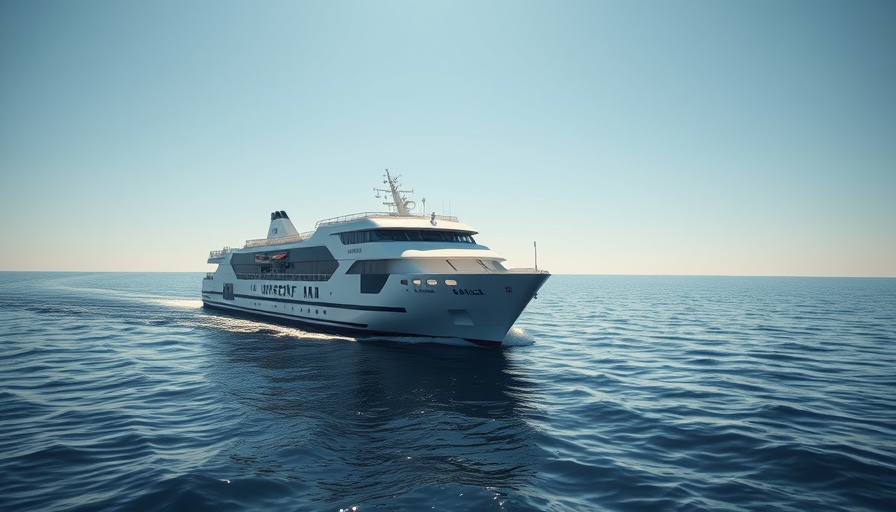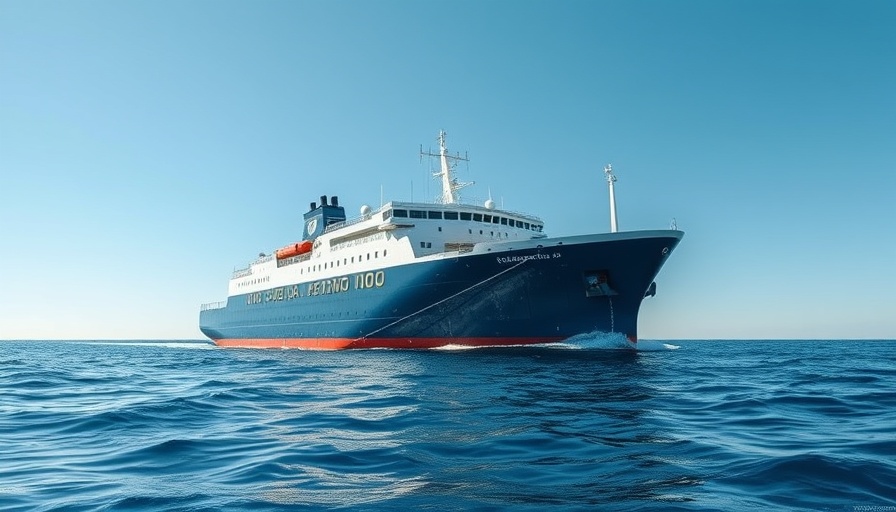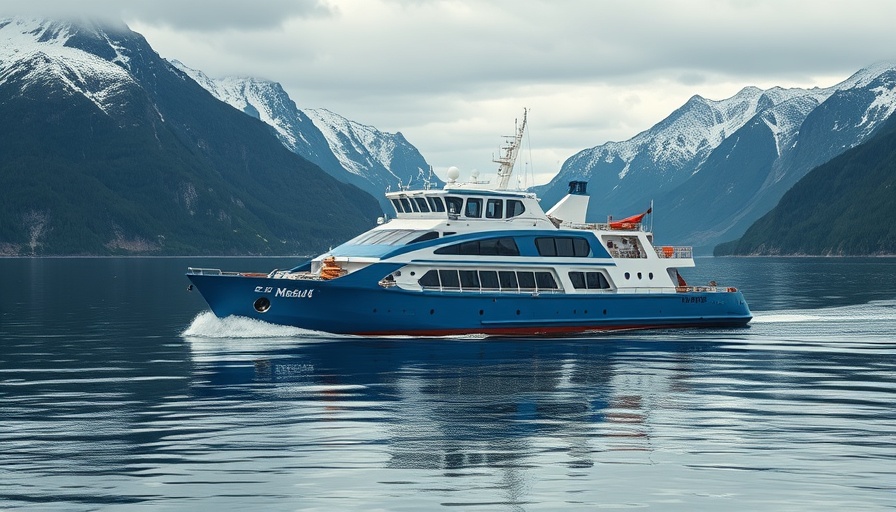
Allseas Takes a Giant Leap Forward with Grand Tour
The maritime industry is witnessing an exciting transformation as Allseas, a leading offshore contractor, has signed an agreement with Guangzhou Shipyard International (GSI) to build a purpose-driven semi-submersible heavy transport vessel (HTV) named Grand Tour. Set to join the Allseas fleet by the first quarter of 2028, this state-of-the-art vessel boasts a load capacity of 40,000 tonnes, designed to handle some of the world’s most substantial offshore structures.
A Revolutionary Solution for Offshore Transport
The Grand Tour vessel will revolutionize the approach to transporting large offshore components such as wind turbines and converter stations. Its design allows it to fit seamlessly inside the bow slot of Allseas’ flagship vessel, Pioneering Spirit. This integration means that clients can receive a comprehensive 'one-stop-shop' solution for their major transportation needs, thereby reducing logistical complexities significantly. Pieter Kambier, the Project Director at Allseas, highlighted, "This addition to our fleet is more than an expansion; it’s a strategic investment that enhances our ability to deliver fully integrated Transport & Installation (T&I) solutions for some of the world’s most ambitious offshore energy projects."
Supporting the Energy Transition in Europe
As Europe aggressively works toward achieving its clean energy goals, the Grand Tour will play a crucial role in the delivery of TenneT’s groundbreaking 2GW offshore wind program. This initiative aims to provide a remarkable 28 gigawatts of clean energy to European homes and businesses by 2032, making the successful execution of such services by Allseas crucial for the region's energy future.
Innovative Design Features for a Competitive Edge
The vessel’s design features not only enhance stability but also provide significant operational advantages. Its semi-submersible hull and advanced ballast systems, capable of pumping 24,000 cubic meters of water per hour, will ensure that load transfers are conducted safely and efficiently. Moreover, the vessel is equipped with a methanol-ready propulsion system, allowing for a future transition to e-Methanol, thus ensuring competitiveness in an evolving energy market while adhering to sustainability principles.
Broader Implications for Offshore Operations
The release of the Grand Tour into the market represents more than just a fleet addition; it opens a door for Allseas to enter new floating cargo markets and potentially relocate its own fleet assets. This adaptability is vital in a rapidly changing industry landscape, characterizing the necessity for innovation and flexibility.
Looking Forward: Future Trends in Marine Transport
As the maritime sector continues to evolve towards more sustainable practices, vessels like the Grand Tour could set the standard for future projects. With a growing emphasis on green energy, the maritime industry must respond to the need for efficient transportation of large structures, which are integral to offshore wind and renewable energy projects. Allseas is leading the charge by investing in advanced technologies that ensure safety, reliability, and environmental responsibility.
In conclusion, the Grand Tour vessel signifies a pivotal advancement in the offshore shipping industry, allowing for more efficient and reliable energy transition efforts in Europe. As challenges in the sector grow, the need for innovative solutions like this will only increase. Watch for Allseas as they continue to reshape the landscape of offshore transport!
 Add Row
Add Row  Add
Add 




Write A Comment